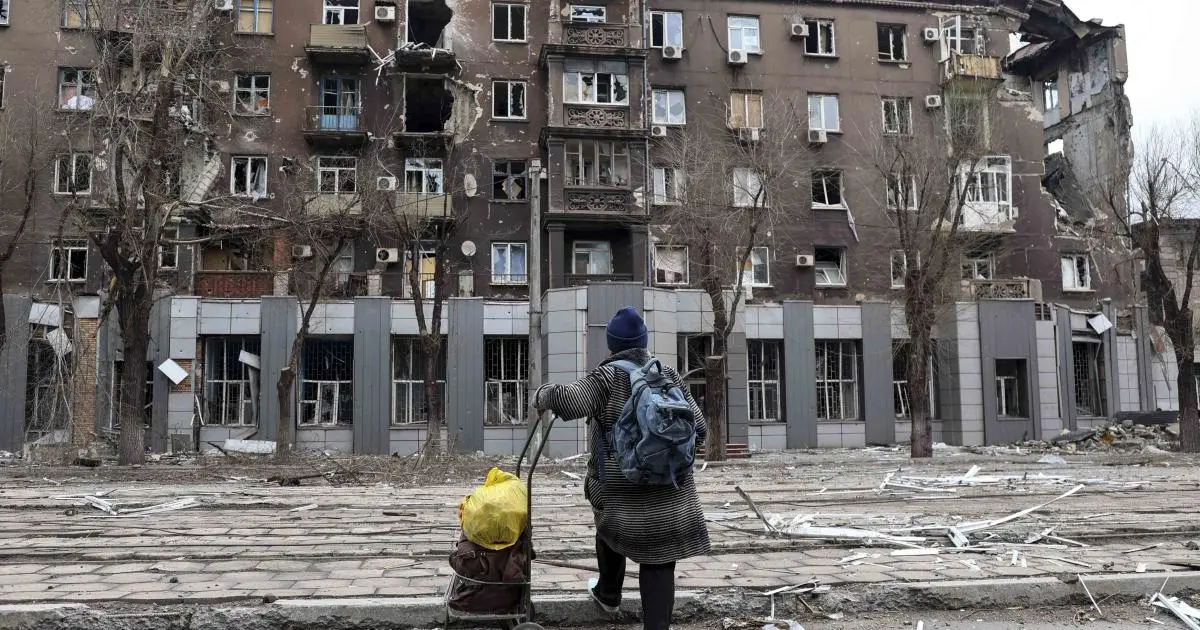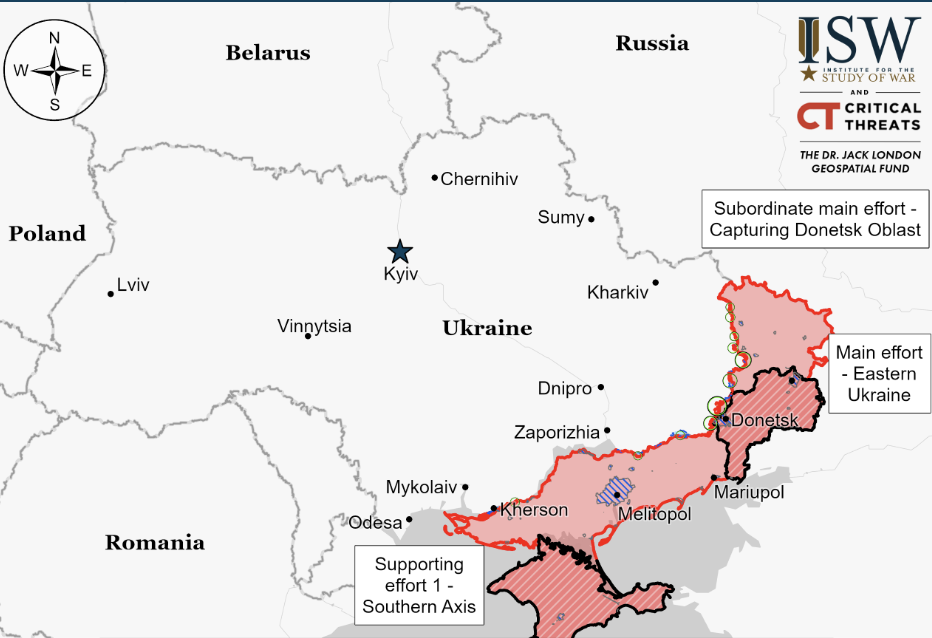Ukrainian General Staff: about 1,080 Russian casualties in the last day
The estimated total combat losses of the enemy from 24.02.22 to 07.12.25: personnel: about 1 180 870 (+1 080) personstanks: 11 401 (+3)troop-carrying AFVs: 23 688 (+0)artillery systems: 34 907


